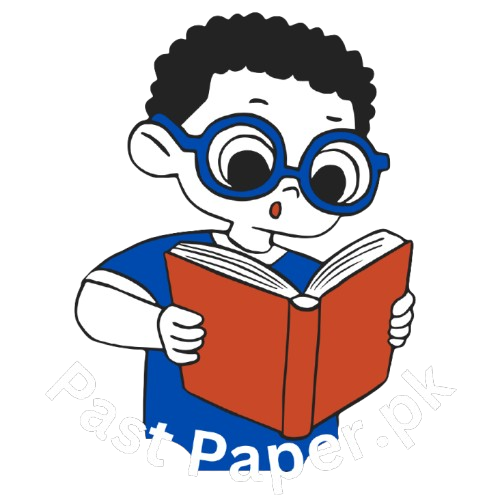CSS Economics Past Paper 2021
PAPER-I (Subjective) 80 Marks
PART-II
Attempt ONLY FOUR questions from PART-II. (20×4)
Q. No. 2 Elaborate the own-price, cross-price, and income elasticity theoretically and empirically. Also, explain the relationship between own-price elasticity and total revenue.
Q. No. 3 What are the three different approaches to measure the Gross Domestic Product (GDP)? Discuss. Why should the three approaches yield the same result? Do you think one approach can be preferred over the other? Justify your arguments.
Q. No. 4 What are the functions of the International Monetary Fund (IMF)? What practices does the IMF adopt to assist countries facing financial crises? Evaluate the IMF lending to developing countries with reference to Financial Action Task Force (FATF) status.
Q. No. 5 Explain the macroeconomic outlook of the economy of Pakistan and suggest any policy framework for formulation of the budget and reducing the budget deficit.
Q. No. 6 Differentiate between the exchange rate systems: fixed, flexible, and managed floating exchange rate system. Which regime is currently being pursued by Pakistan?
Q. No. 7 What is the Lewis turning point? How can it be attained? What happens if, within the framework of the Two-Sector model, the transfer of labor from the subsistence to the modern sector continues beyond this point? Elaborate.
Q. No. 8 What were the major macroeconomic consequences of the COVID-19 pandemic for the economy of Pakistan? Suggest some realistic measures that can be adopted to tackle the issue.
PAPER–II (Subjective) 80 Marks
PART-II
Attempt ONLY FOUR questions from PART-II. (20×4)
Q. No. 2 What is meant by economic development? Compare and contrast various measures of economic development.
Q. No. 3 Can Pakistan support indefinitely a set of loss-making public enterprises, both in the energy sector and outside? Suggest and discuss policies for their restructuring and privatization.
Q. No. 4 Evaluate the Theory of Vicious Circle of poverty. What are the factors necessary to break through this circle in a developing country like Pakistan?
Q. No. 5 Compare and contrast the theories of balanced and unbalanced growth. Which of these do you think better suits a developing country like Pakistan?
Q. No. 6 Describe and discuss the role of corruption and governance in the economic development of Pakistan.
Q. No. 7 How has Arthur Lewis explained the emergence of industrial society from an agrarian economy? Can this model be used to explain industrial development in Pakistan?
Q. No. 8 Write short notes on any TWO of the following:
(a) Population growth and economic development
(b) Ehsaas Programs
(c) Climate change and food security
